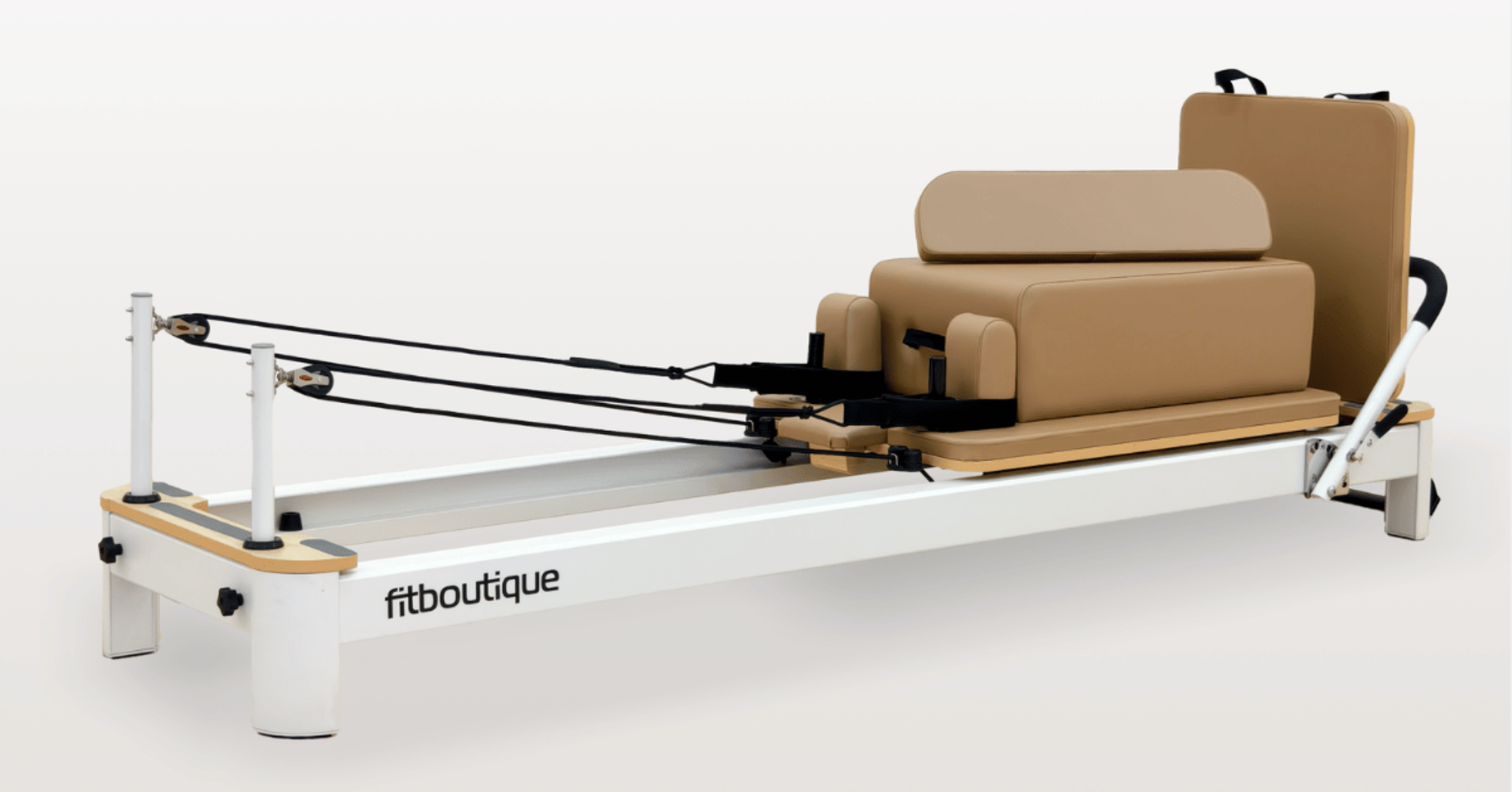
How Is Reformer Pilates Different From Pilates?
Have you ever wondered if reformer Pilates is actually better than mat Pilates?
I've noticed this question popping up a lot lately, especially from people considering switching from traditional mat Pilates to reformer workouts. Personally, I understand the confusion—when I started, the differences seemed subtle, but they're actually pretty significant. So, let’s clear things up.
What Makes Reformer Pilates Different?
Mat Pilates mainly uses your own body weight for resistance, and it's excellent for beginners learning the basics of core strength and flexibility. But reformer Pilates takes it up a notch. With springs, ropes, and a moving carriage, reformers offer adjustable resistance. This customisable challenge is why I’m such a big fan. It doesn't matter if you're a newbie or experienced; reformer Pilates can always meet you exactly where you are.
One major point I've seen discussed is that reformer Pilates can make certain exercises easier and others much harder. For example, exercises like planks or leg lifts can be more comfortable because the machine supports your alignment. On the flip side, certain movements become more challenging due to increased resistance from springs. That's the beauty of it—versatility.
For beginners wondering where to start, I'd recommend reading this beginner’s guide we have at FitBoutique to ease into the basics.
What About Equipment?
Equipment is the biggest obvious difference. A Pilates reformer is a sophisticated piece of machinery with various adjustable parts, unlike mat Pilates, which basically requires just a mat. If you're interested in learning more about how reformers are built and how to choose one, you might like this detailed guide to picking a reformer machine.
I often tell my clients that investing in a reformer like our onyx fold reformer is a fantastic choice, particularly if storage is tight. Foldable reformers tuck away neatly but still offer all the functionalities you'd expect in a studio-grade machine.
And speaking of equipment, something else that can seriously amplify your reformer sessions is our reformer Pilates jumpboard box. It's fantastic for adding variety and intensity to your routines—especially if cardio is a goal.
Which Style Gives Better Results?
The truth is, both mat and reformer Pilates can deliver fantastic results, but reformer Pilates often shows quicker results because it provides targeted resistance. I've seen clients gain core strength and definition faster on reformer machines. And it's not just me; there's solid evidence out there supporting this.
But don't toss your mat away just yet! Mat Pilates is excellent for enhancing body awareness and alignment, particularly for newcomers or those focusing on posture. It's about understanding what your goals are and choosing accordingly. For strengthening specific muscle groups—especially smaller muscles—the reformer has my vote.
Personal Experience and Practical Considerations
I remember initially hesitating about whether a reformer machine would really fit into my home or lifestyle. Space is precious, especially for those of us living in smaller apartments or homes across Australia. However, the practicality of a reformer, particularly foldable models, makes the decision easier. Plus, there’s just something enjoyable about having professional-grade workouts right in the comfort of your own home.
Something else to consider is injury prevention and recovery. As someone who's had a minor back issue, reformer Pilates provided significant support that mat Pilates didn't. The springs and adjustable settings allowed gentle strengthening that was safe for my injury. And I’m definitely not alone—physiotherapists regularly recommend reformer Pilates, especially here in Australia where active lifestyles and sports injuries often intersect.

So, Which One Should You Choose?
This decision boils down to personal preference and fitness goals. But if you’re after quicker strength-building, targeted resistance training, and versatile workouts, reformer Pilates could be exactly what you're looking for. And if storage or budget feels like a barrier, I'd suggest starting with a foldable model.
If you’re still unsure or have more specific questions, I’m always happy to chat more about your personal needs. Feel free to reach out directly, and we can figure out what fits best for you together.
In the meantime, give it a try. Who knows—it might become your new favourite way to move.
Reformer Pilates Range
Frequently Asked Questions
How much space do I need for a reformer bed?
Space Requirements for Your Reformer
A FitBoutique reformer requires approximately 245cm x 68cm (2.45m x 0.65m) of floor space. Here's what this means for your space planning:
For Home Users
Length: 245cm (8.04 feet)
Width: 68cm (2.13 feet)
Recommended clearance: Add at least 30cm on each side and end for comfortable access
Total recommended space: 305cm x 125cm (3.05m x 1.25m)
For the Onyx Fold model specifically:
Same footprint when in use (245cm x 65cm)
When folded: Takes up significantly less floor space in vertical storage
Ceiling height consideration: Ensure adequate height for vertical storage
What's the difference between commercial and home reformers?
While both offer similar exercise capabilities, commercial reformers typically feature heavier-duty construction, enhanced weight capacity, and more extensive warranty coverage. However, premium home models like the Onyx series bridge this gap with commercial-grade components.
How often should I maintain my reformer?
Regular maintenance includes weekly cleaning, monthly hardware checks, and quarterly deep cleaning of tracks and wheels. Premium reformers come with detailed maintenance guides to ensure optimal performance and longevity.











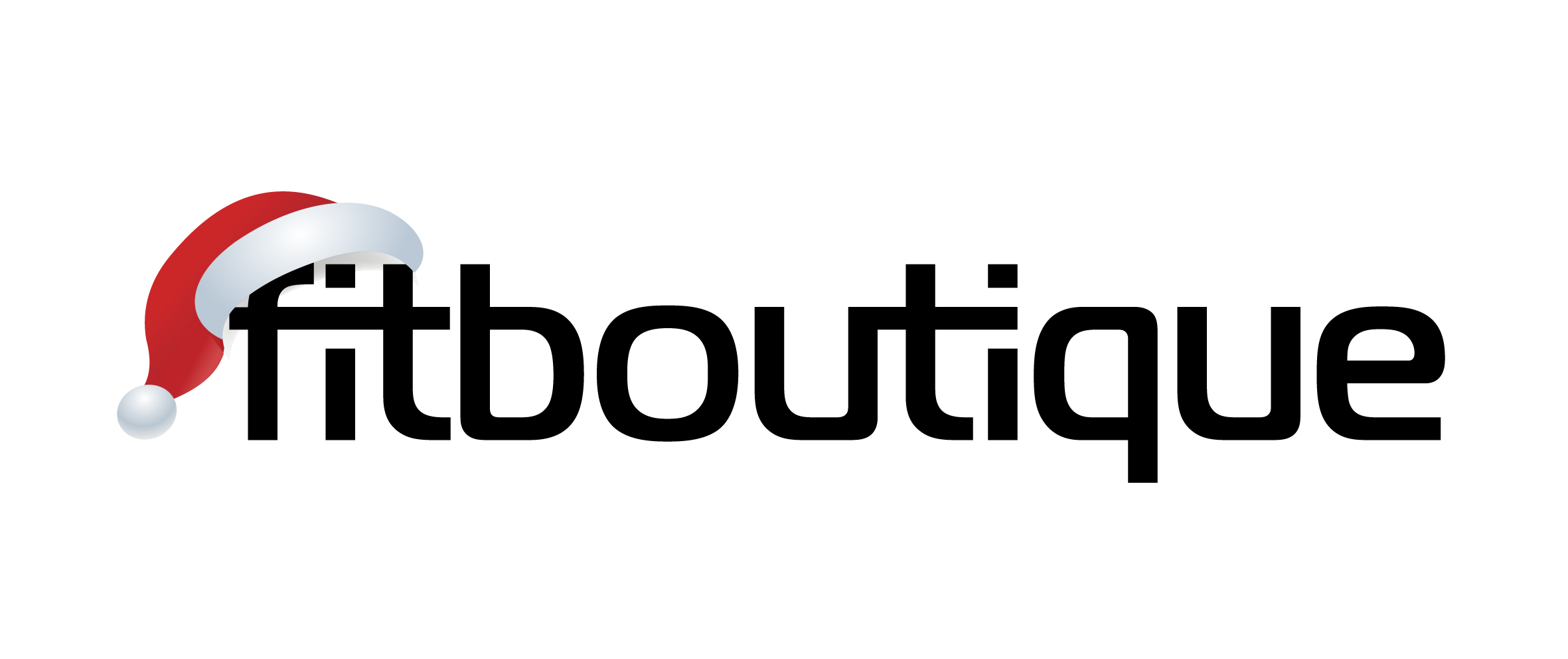

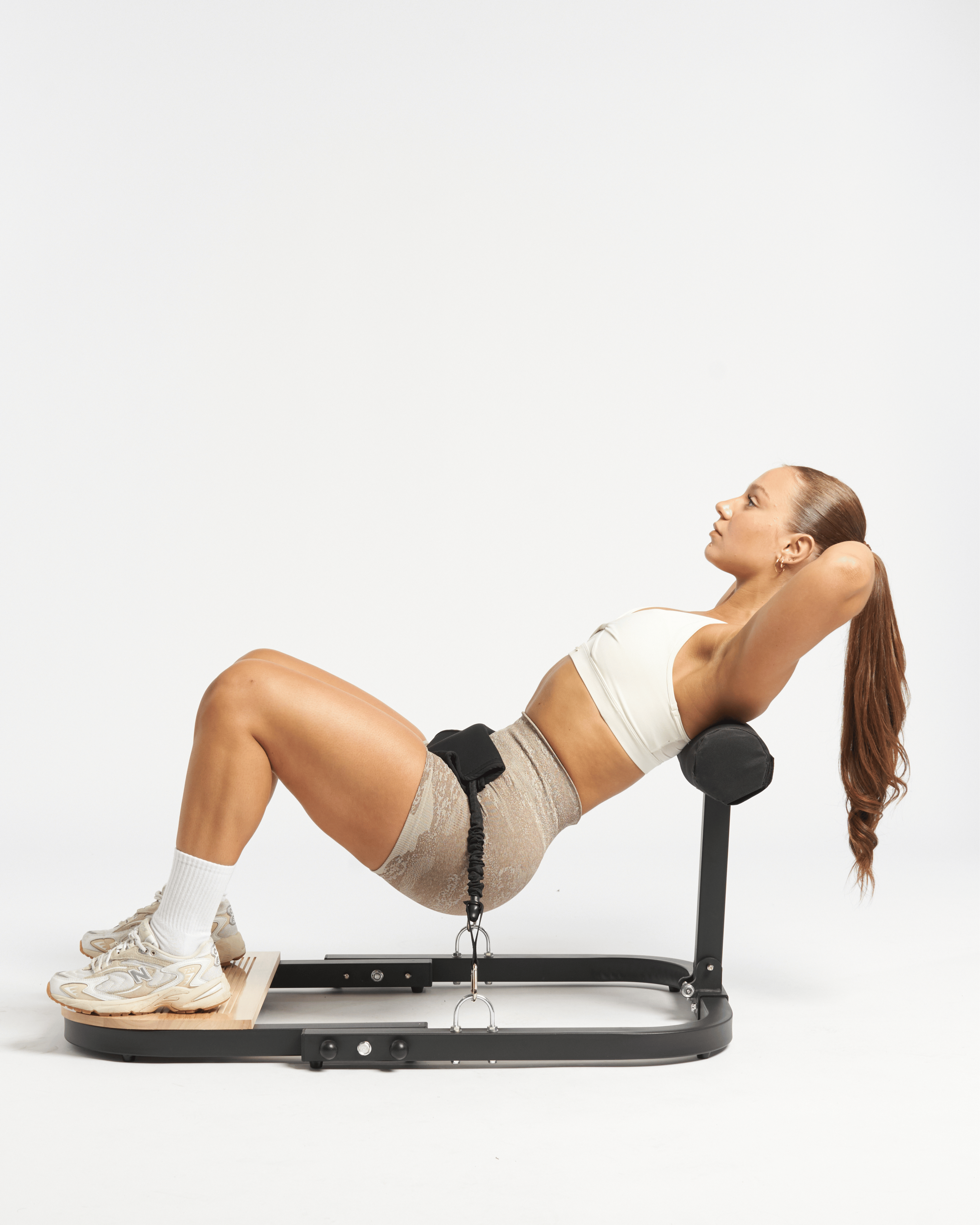
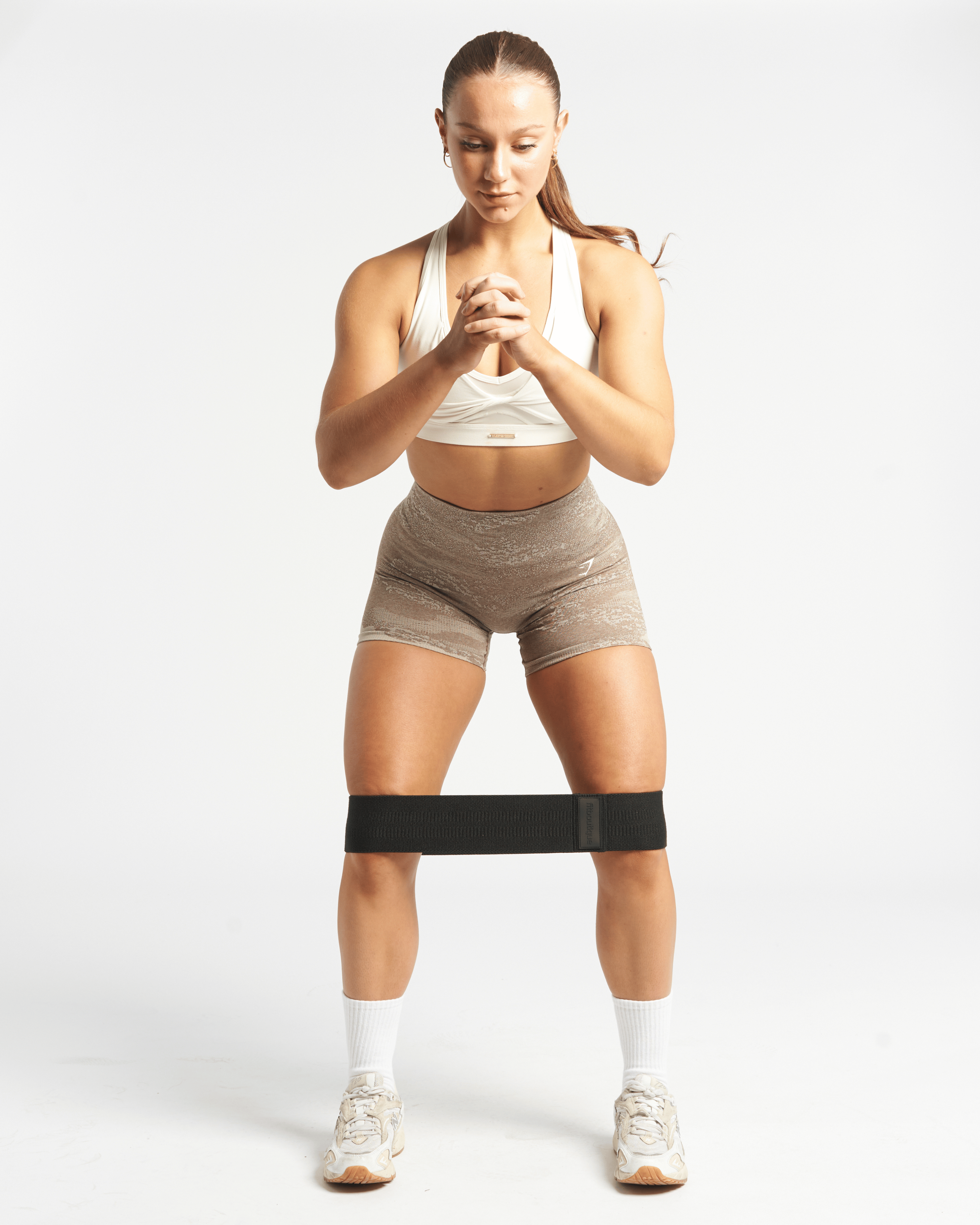
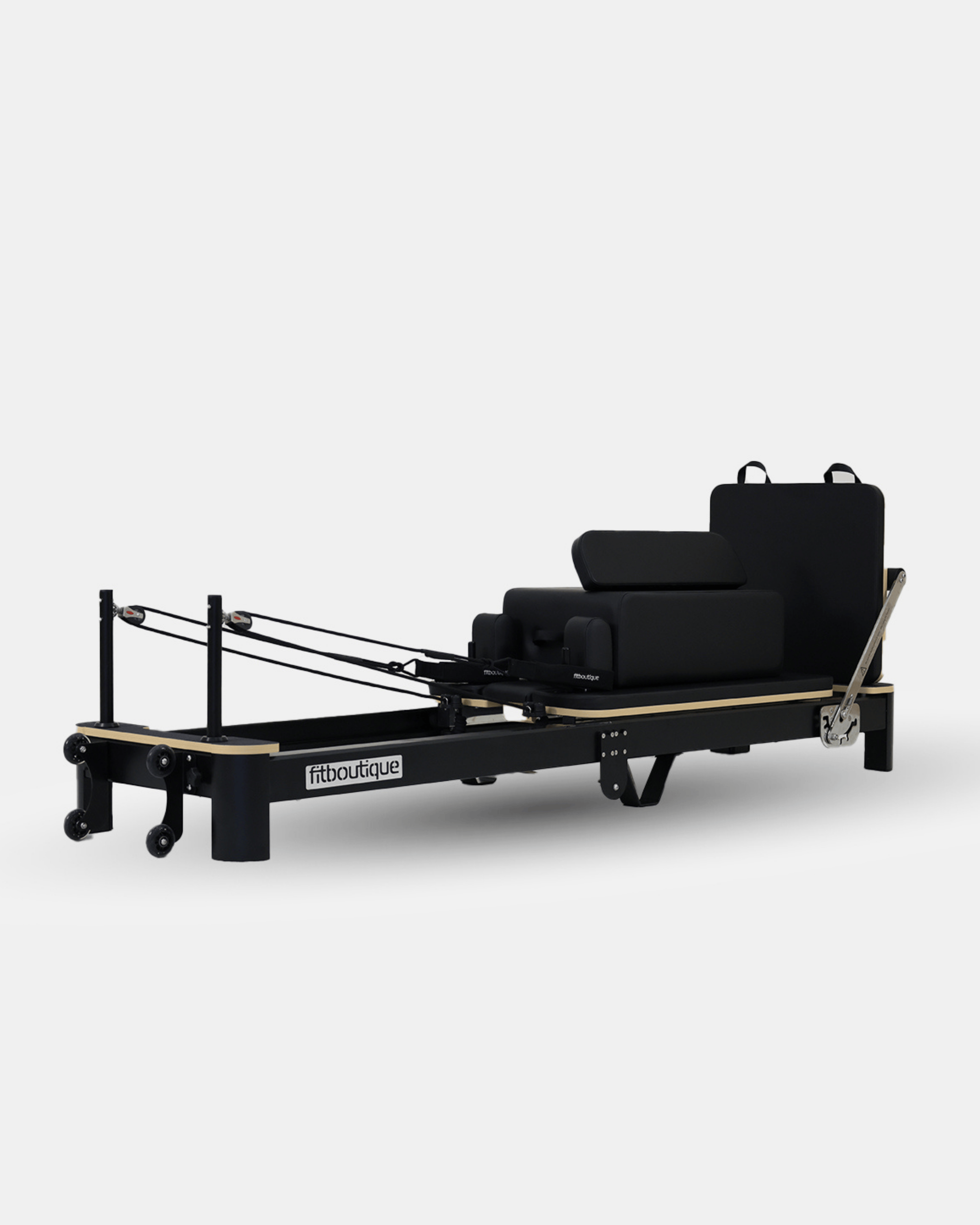
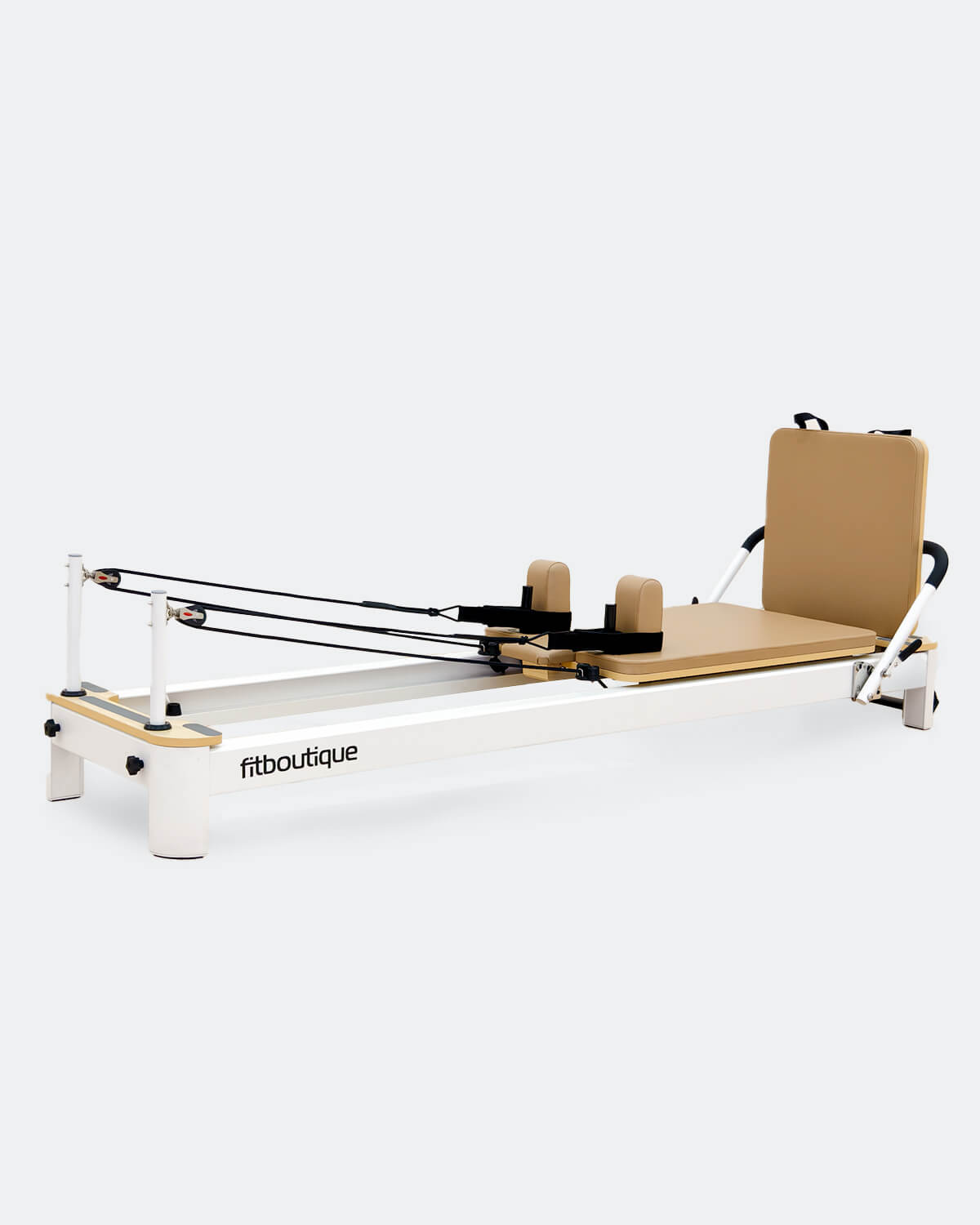
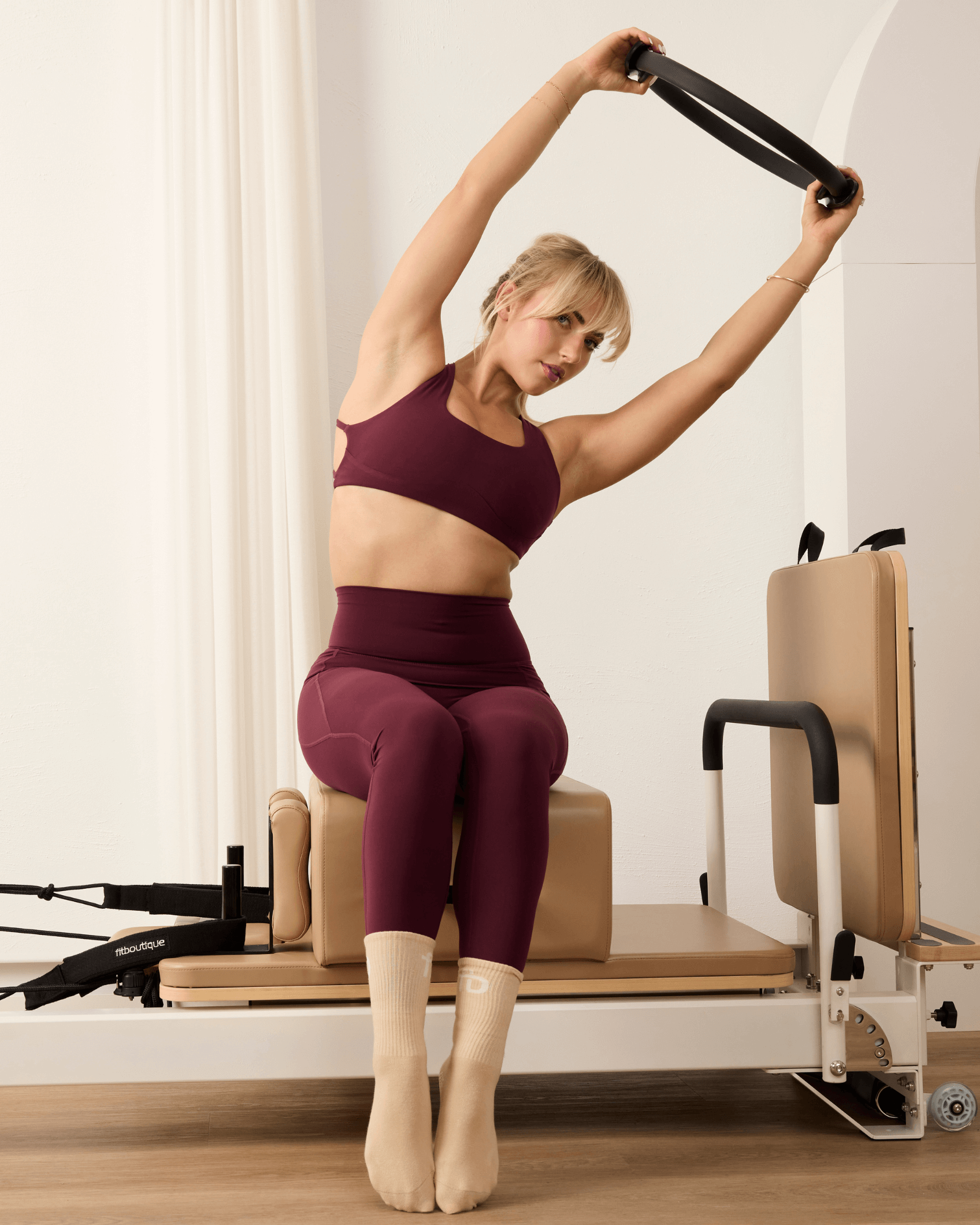
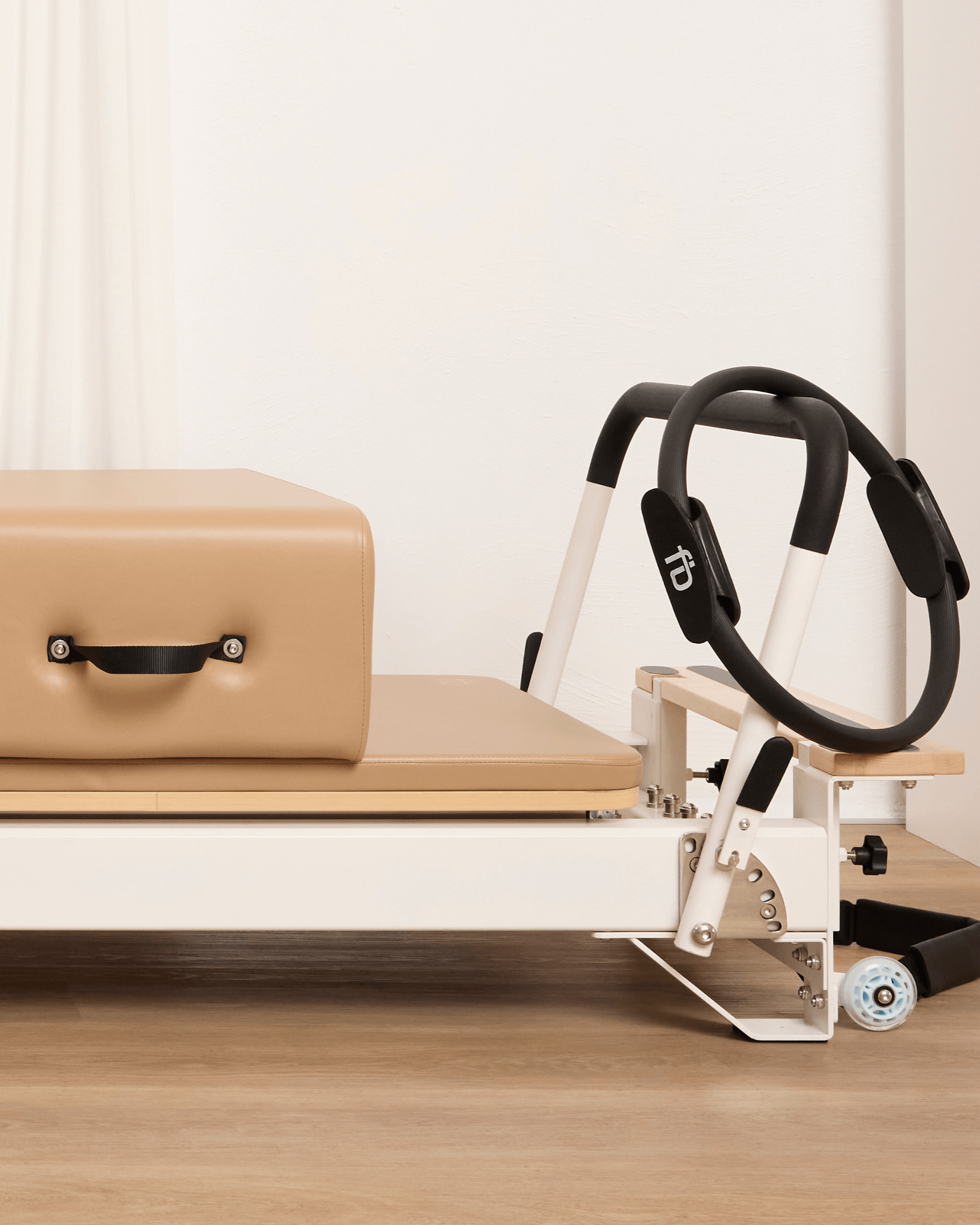
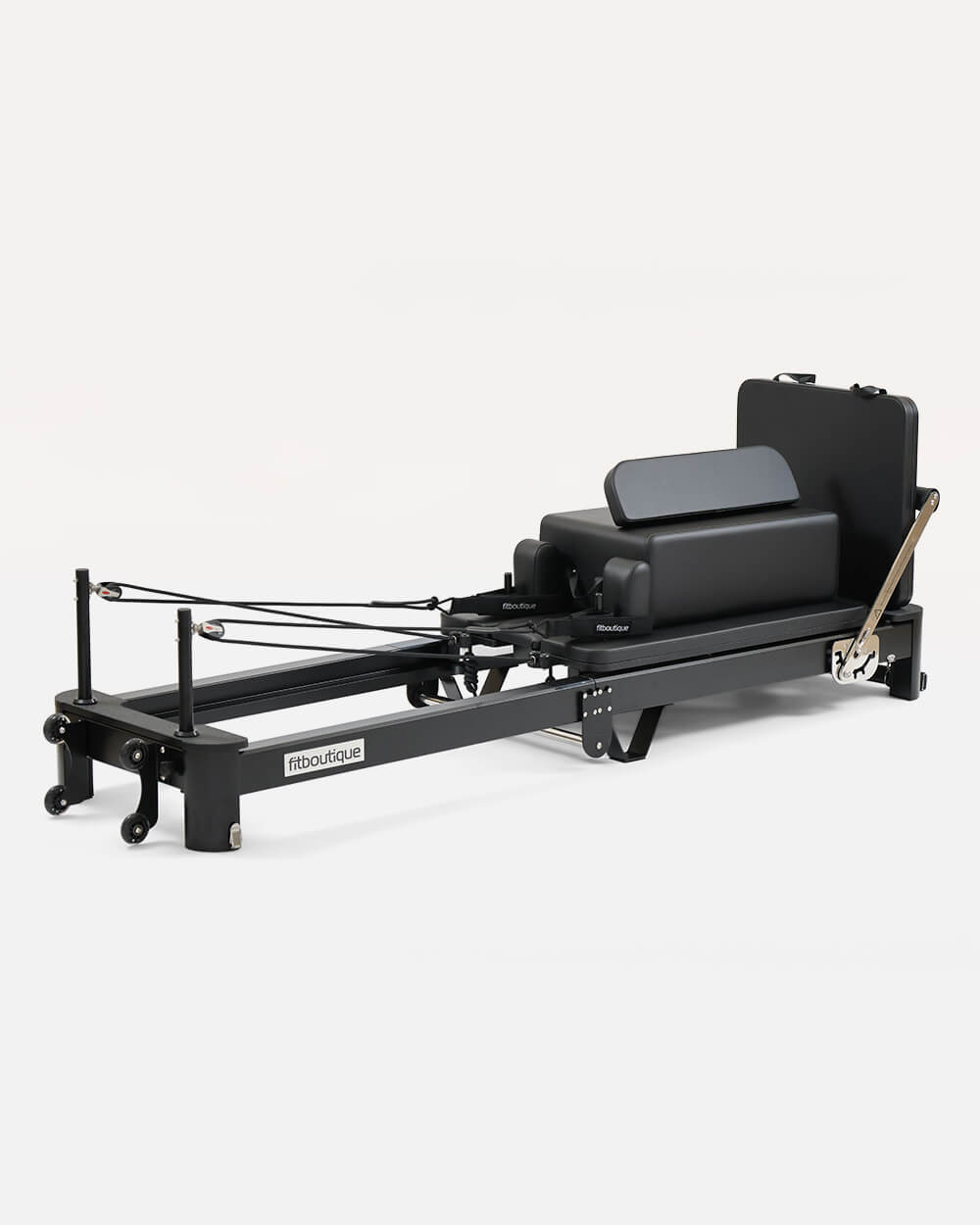
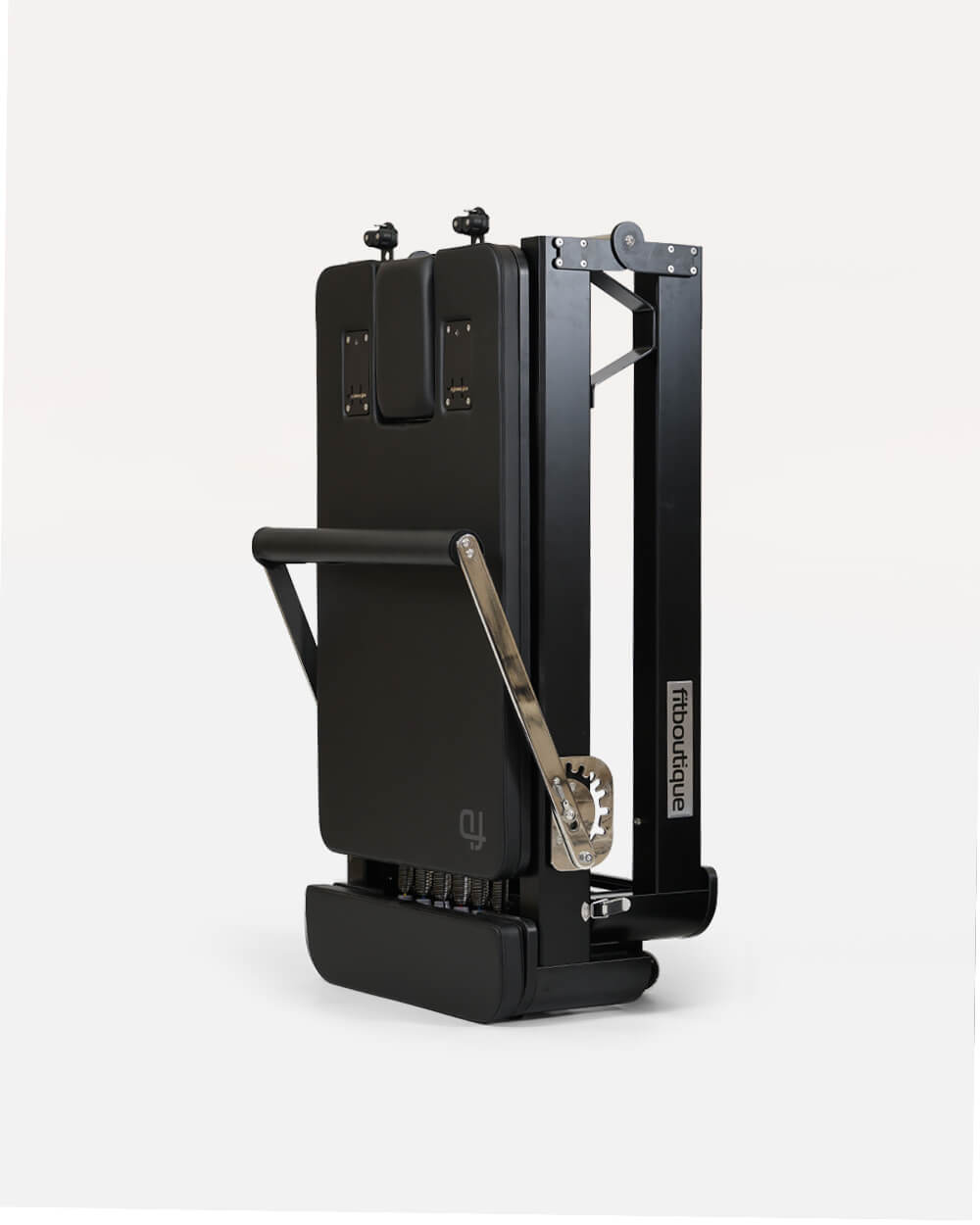
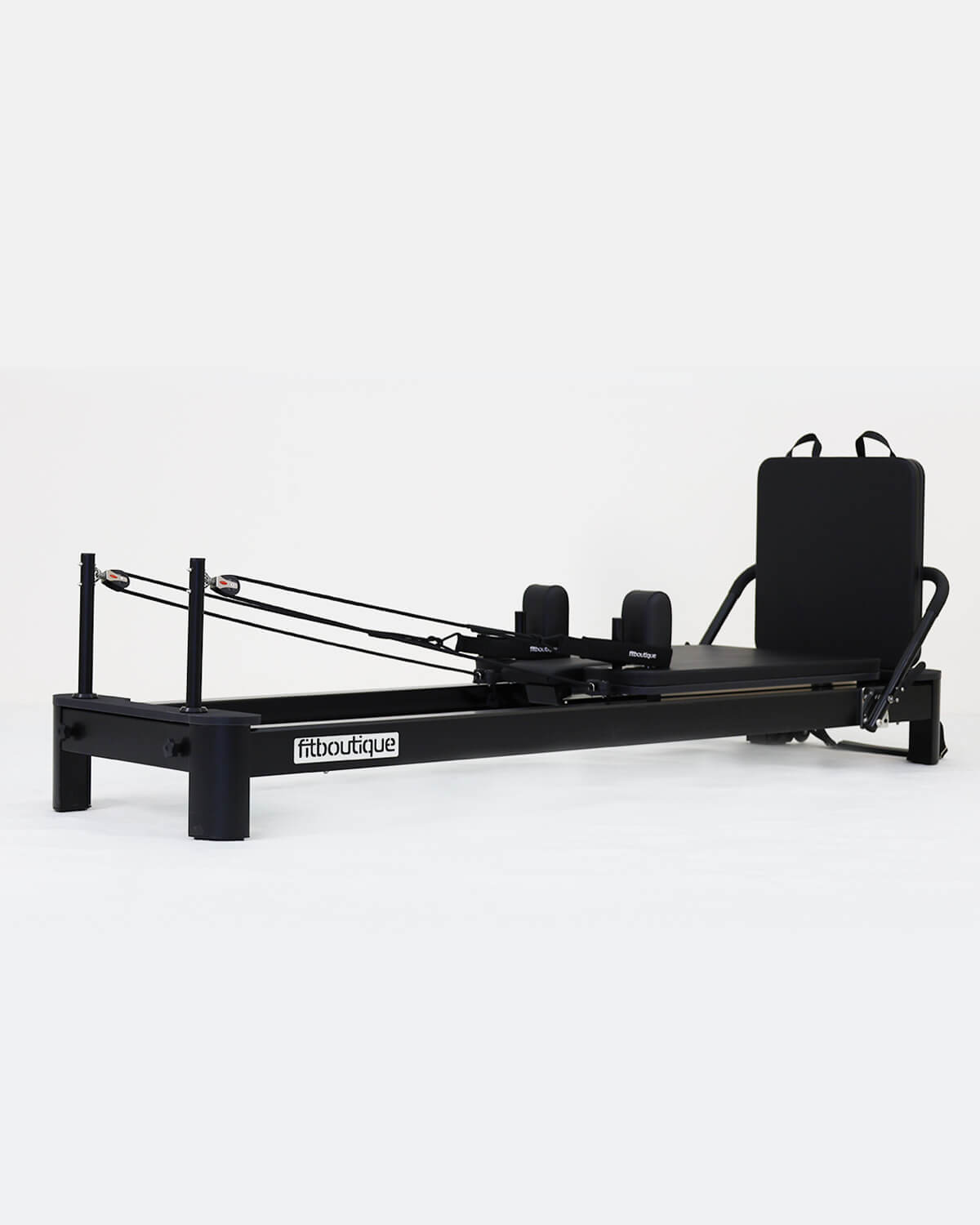
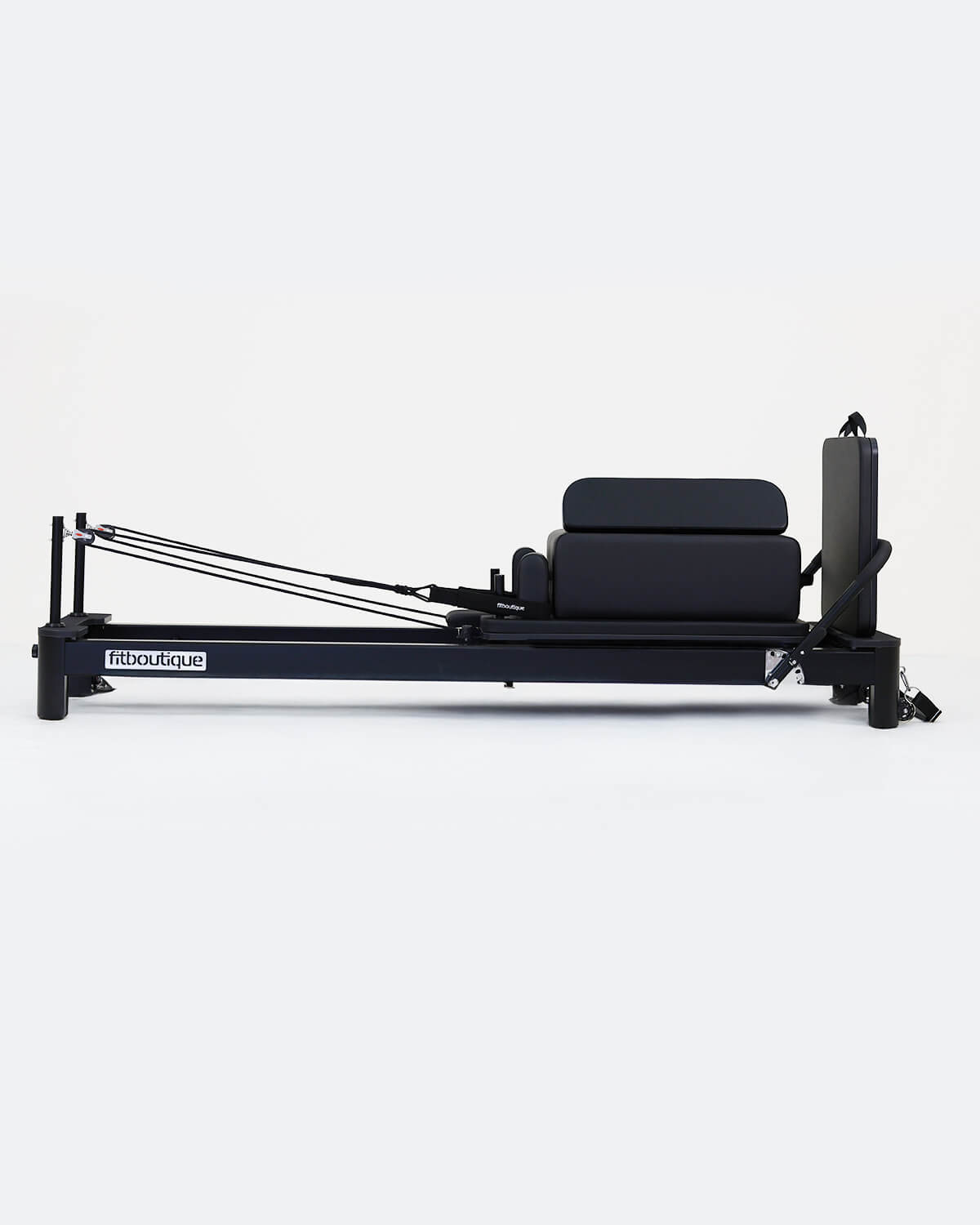
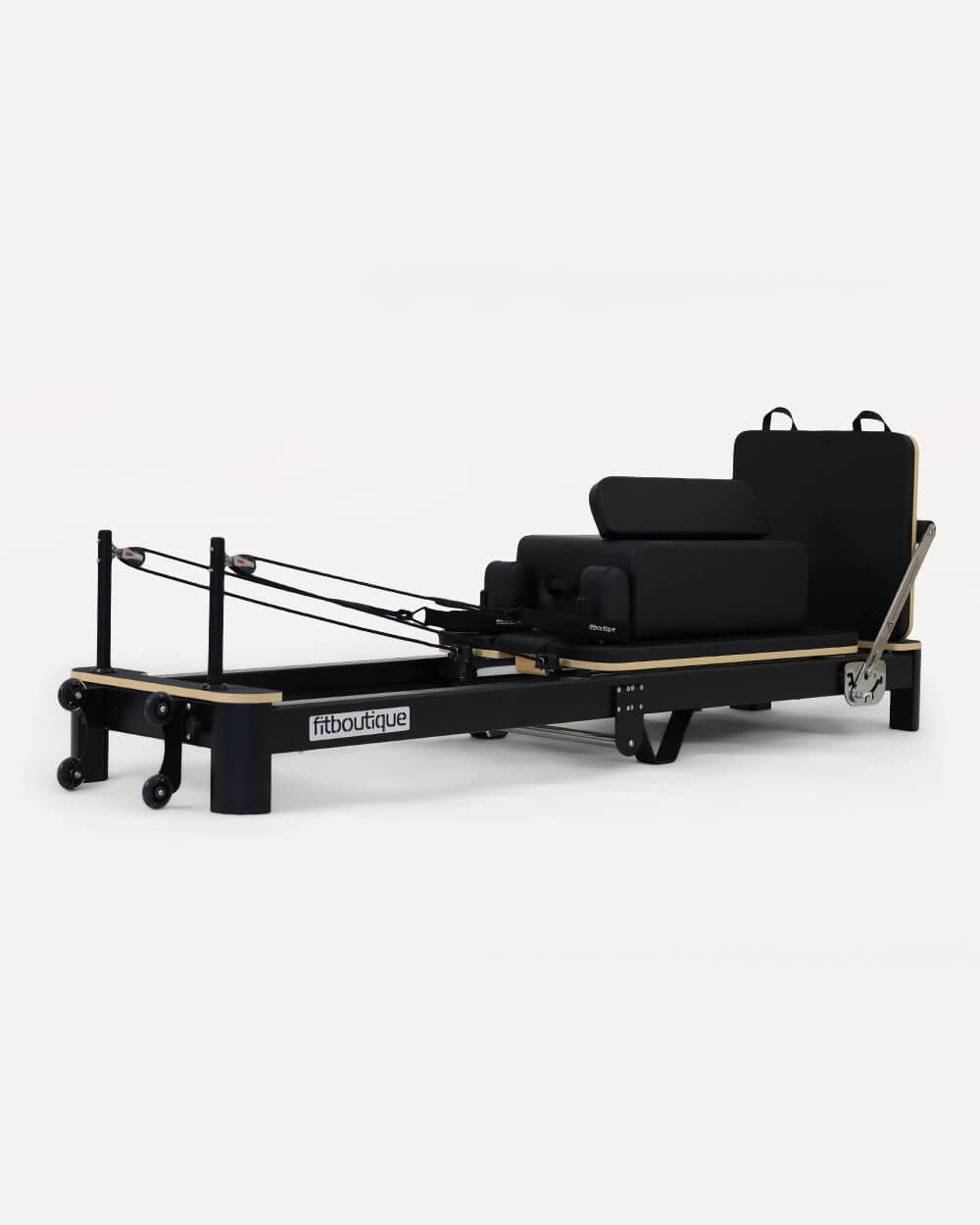
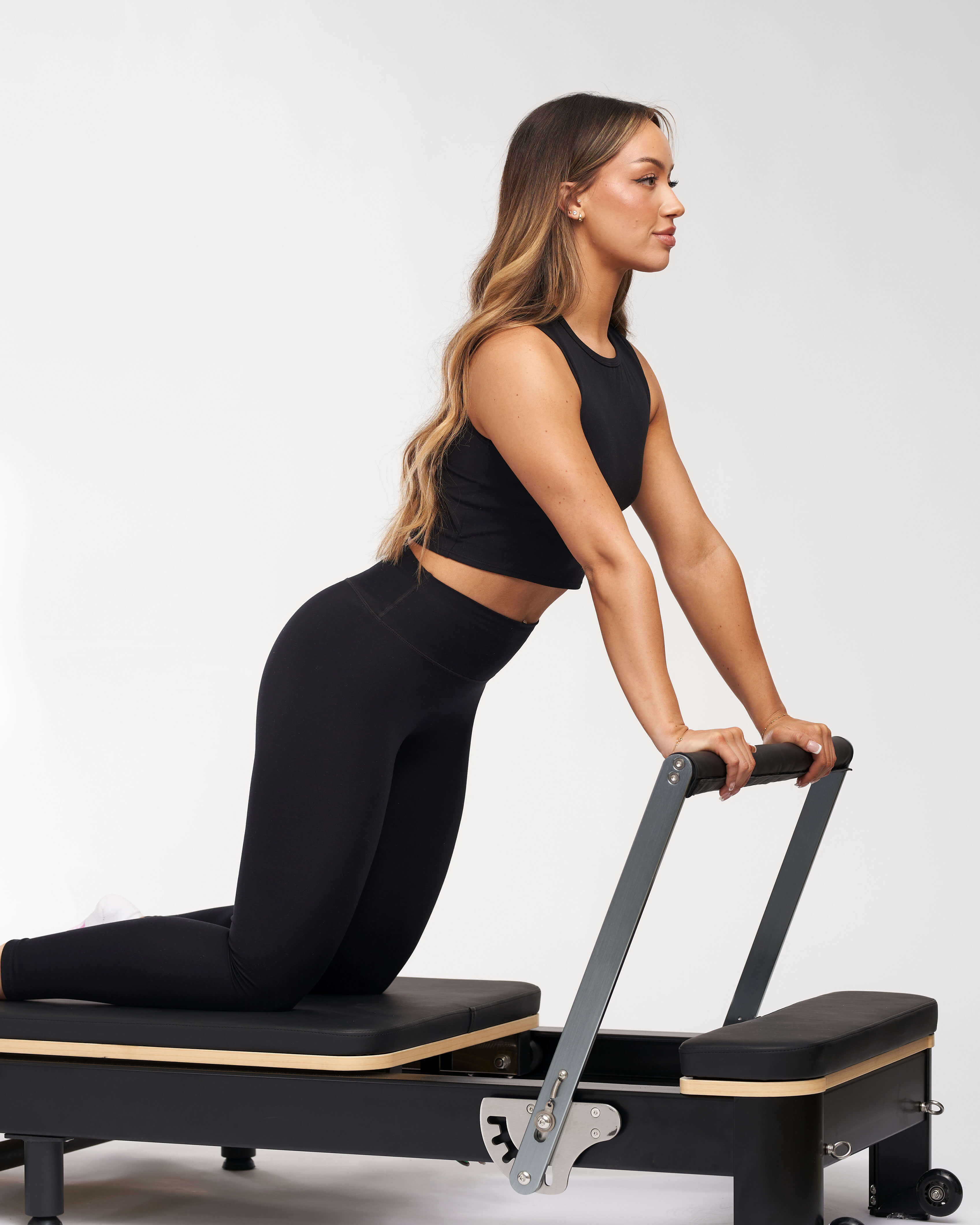

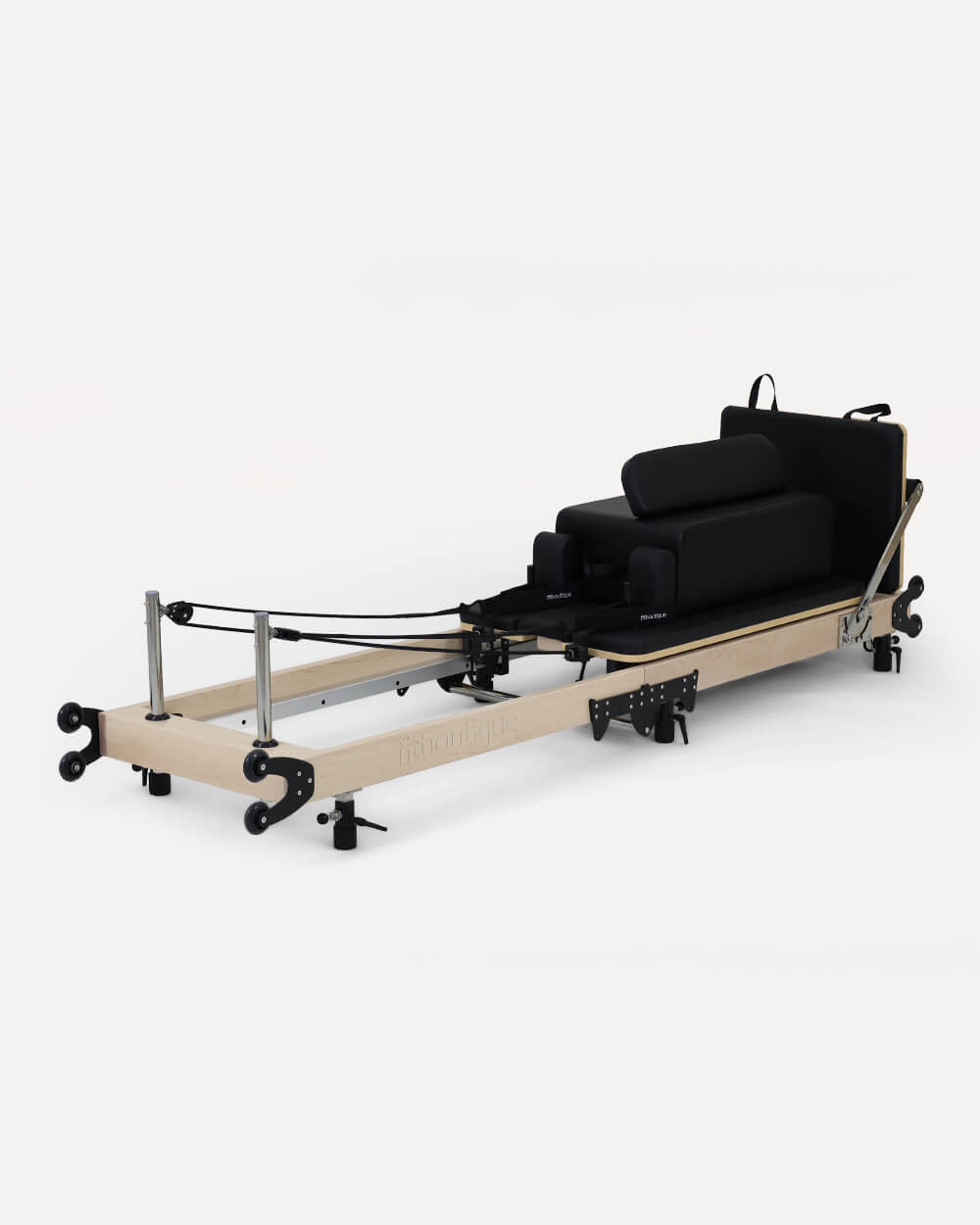
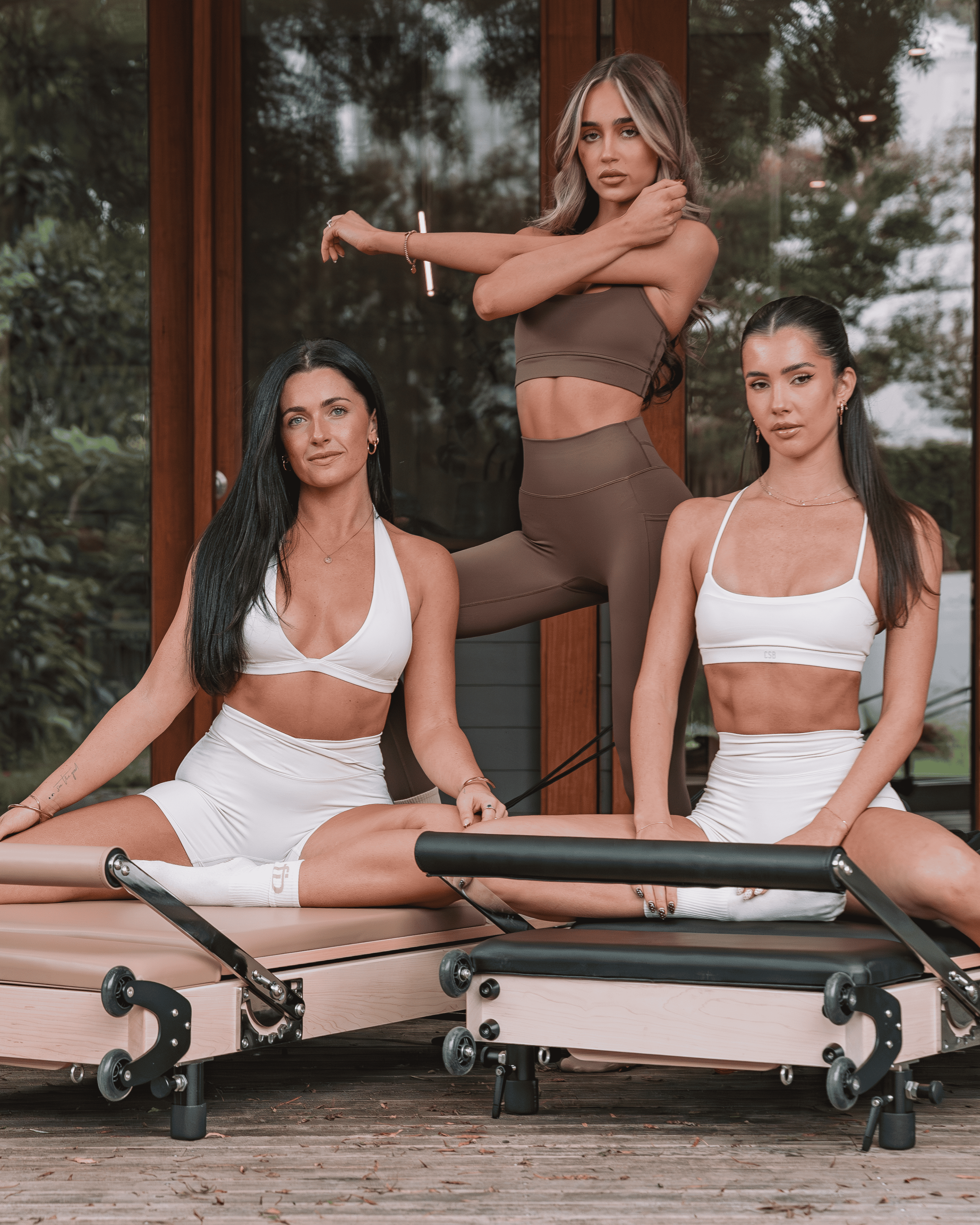
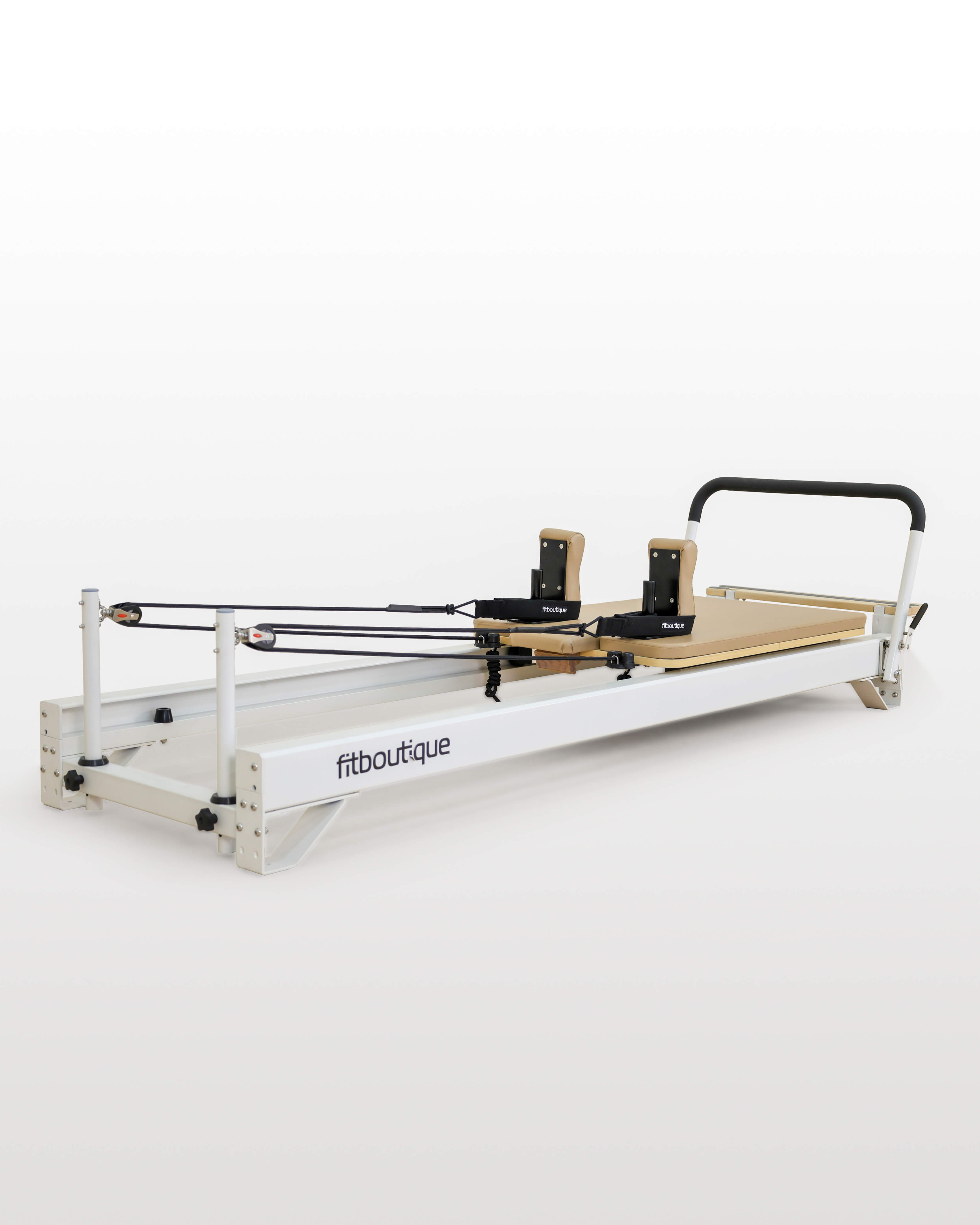
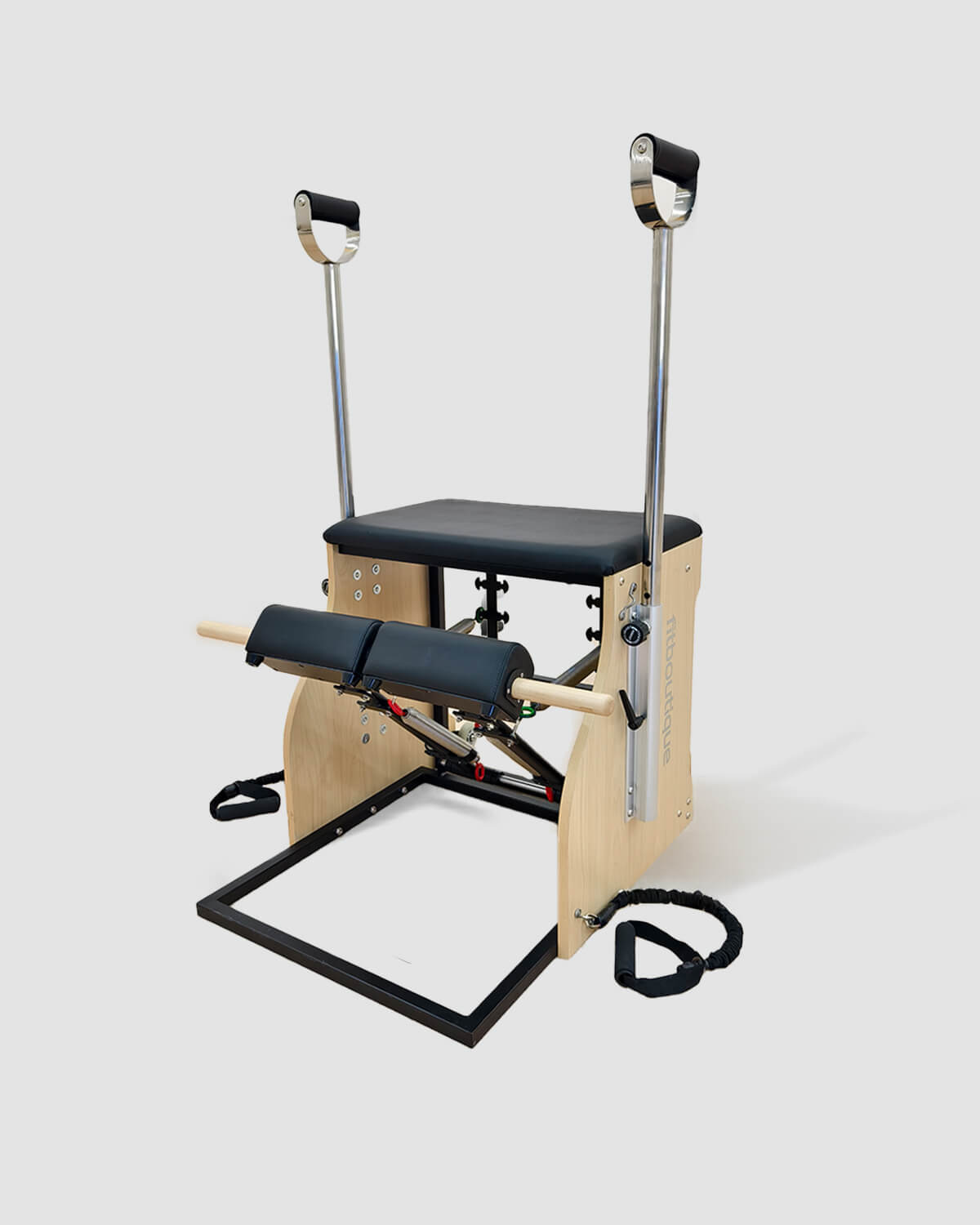
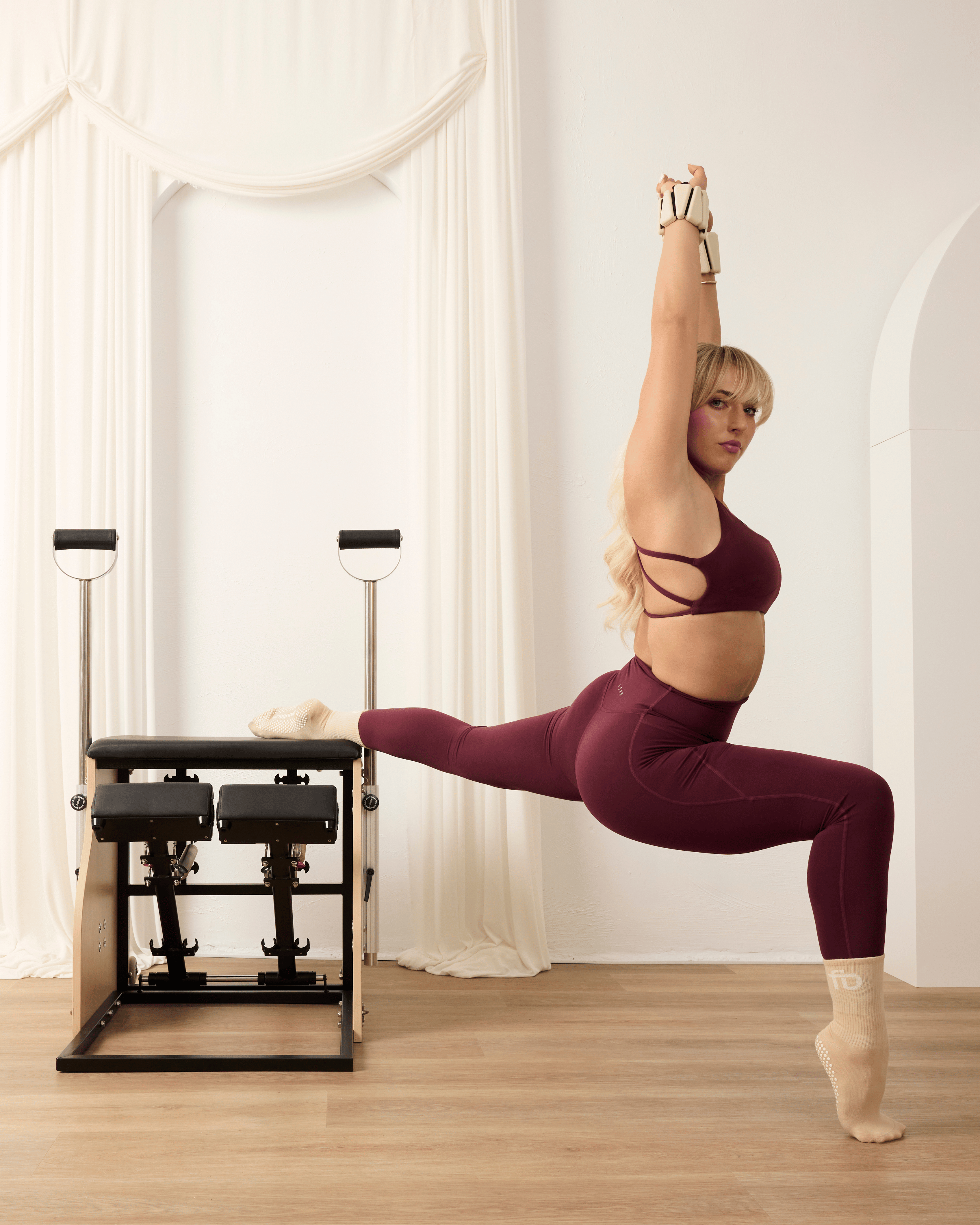
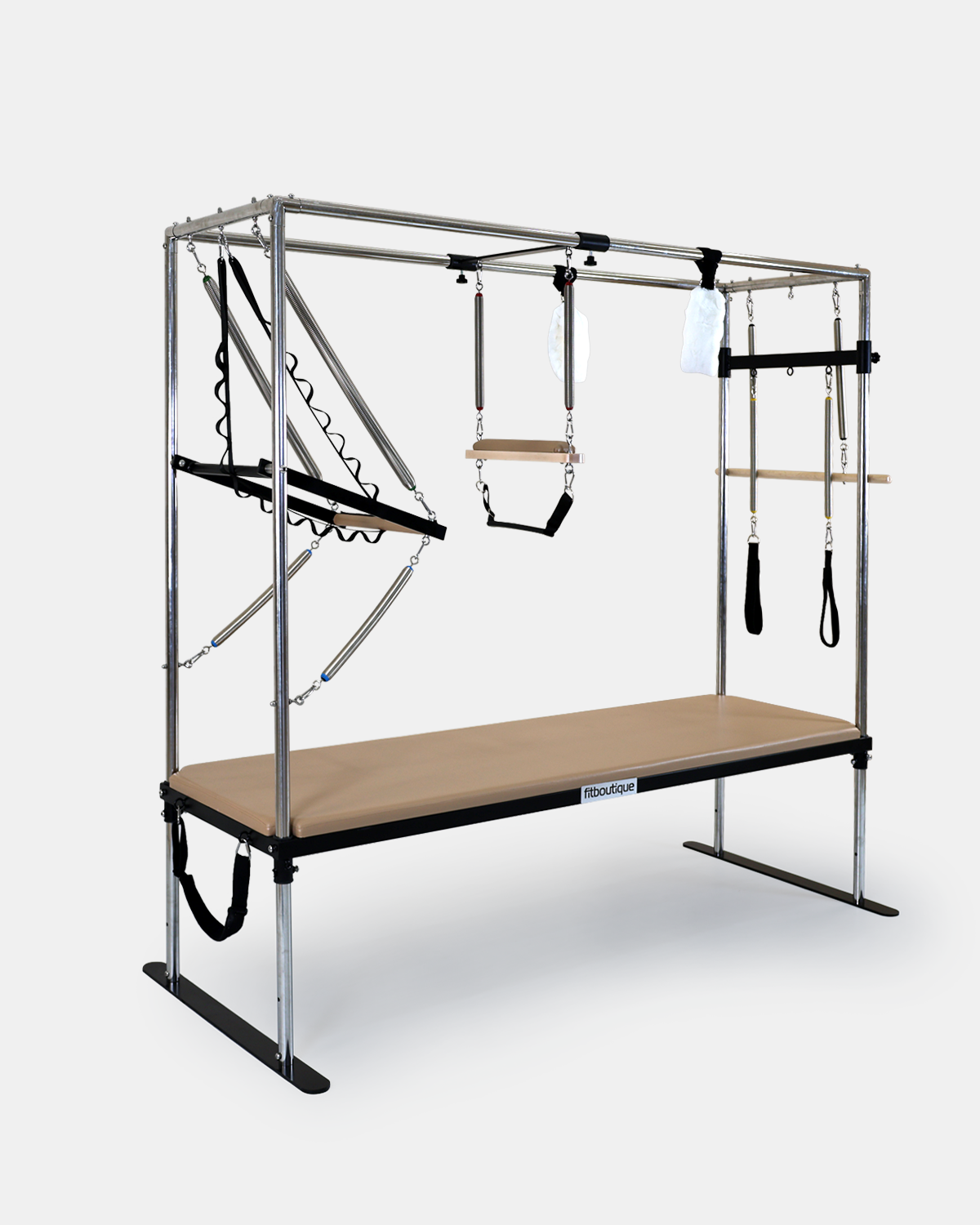
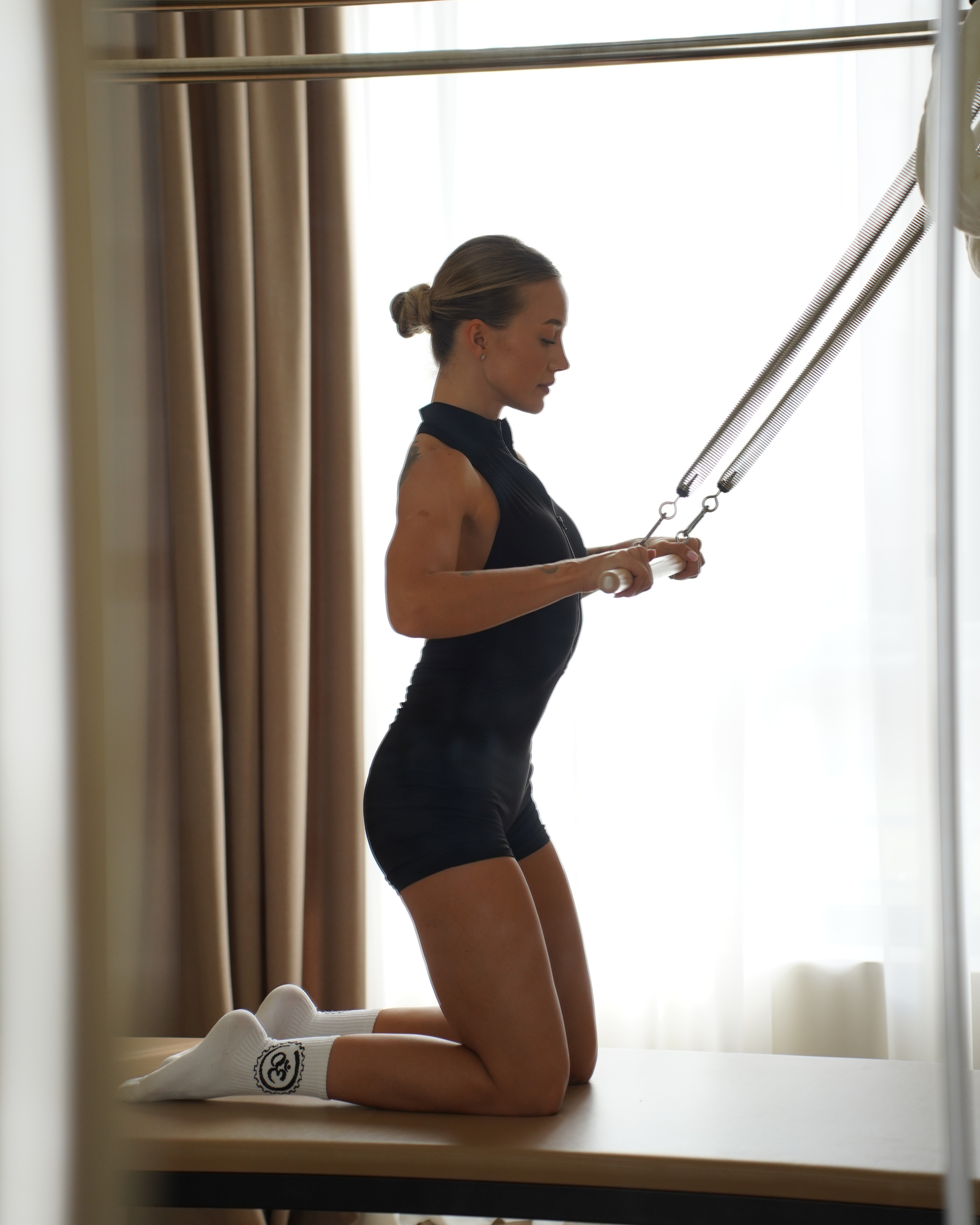
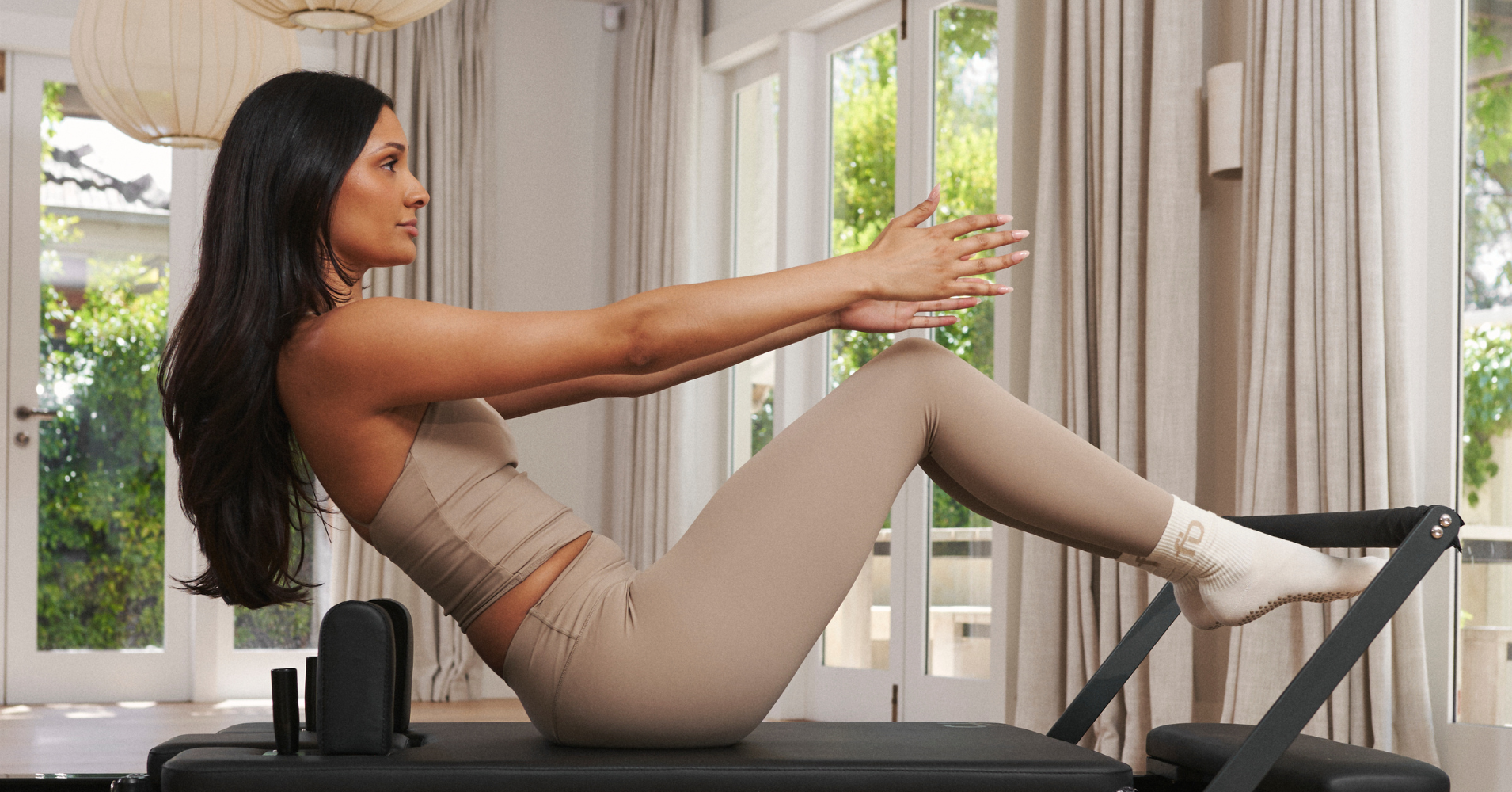

Leave a comment